After years of using platinum, scientists suggest they could one day use extracts from marine plants to replace it in solar cells.
Dye-sensitized solar cells (DSCs) are quickly becoming a widespread and affordable alternative to photovoltaic solar cells. With this change of direction, it is pertinent that DSCs are made to be as efficient and inexpensive as possible for the mass market.
Platinum is traditionally used as the electrode material in DSCs, which, although it shows impressive performance, is not environmentally friendly and has high production costs.
Now, Tingli Ma and co-workers based in China, Japan and Switzerland have expanded their research on natural dyes and biomass manipulation to see if sea tangle, a common marine plant, is a suitable source of raw materials for DSCs. And their results look promising. The naturally sourced materials improve on the power conversion efficiency of previously tested natural dyes to the point where they are comparable to those of synthetic, more expensive materials.
The group simultaneously extracted natural dye, iodide and carbon materials from sea tangle to act as sensitiser, electron shuttle and counter electrode catalyst, respectively, in a hybrid sea tangle device. The device was tested against a platinum counter electrode and showed similar electrocatalytic activity. Although the power conversion efficiency is not any better than platinum electrodes, the scope to advance the performance paves the way to a more eco-friendly type of DSC.
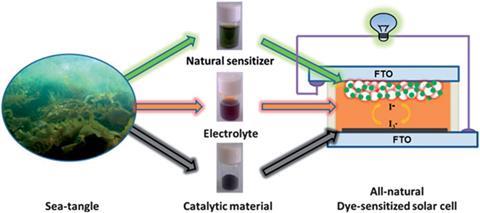
Aron Walsh, who investigates thin-film and quantum dot solar cells at the University of Bath in the UK is excited by the research. ‘Discovering novel chromophores and achieving record light-to-electricity conversion efficiencies makes the sourcing of photoactive and electroactive materials from seaweed an interesting finding, which, if chemically stable over reasonable timescales, could be used for commercial applications.’
Ma admits that the lifetime of the cell is not excellent at present, principally due to the stability of natural dye. They are now looking to improve this so it can last for longer at high capacities.
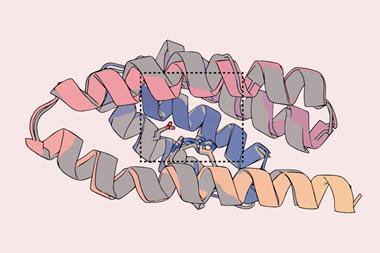

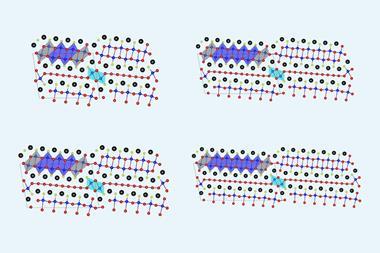
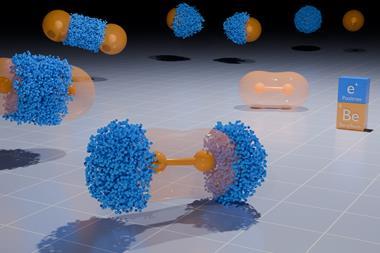
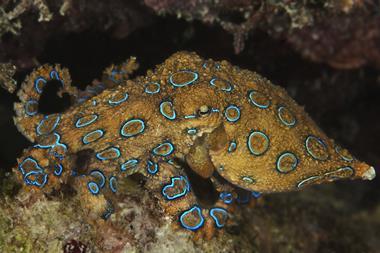
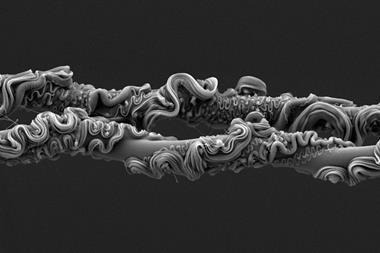
No comments yet